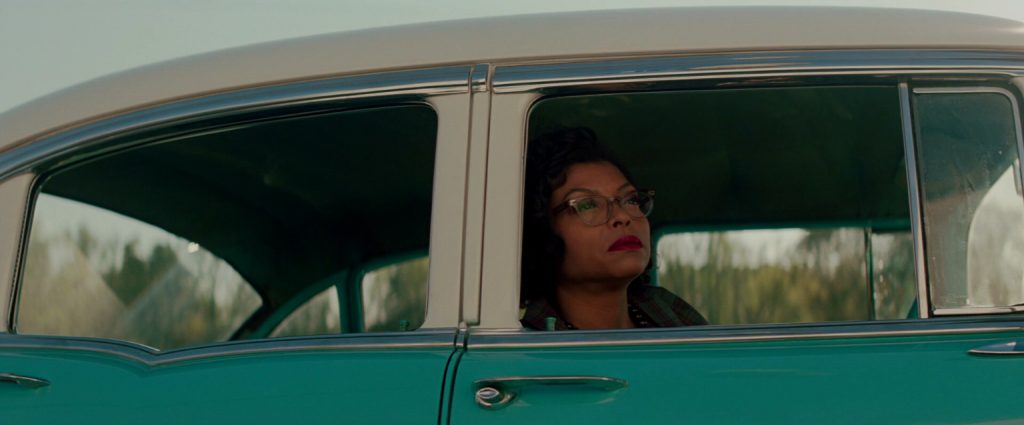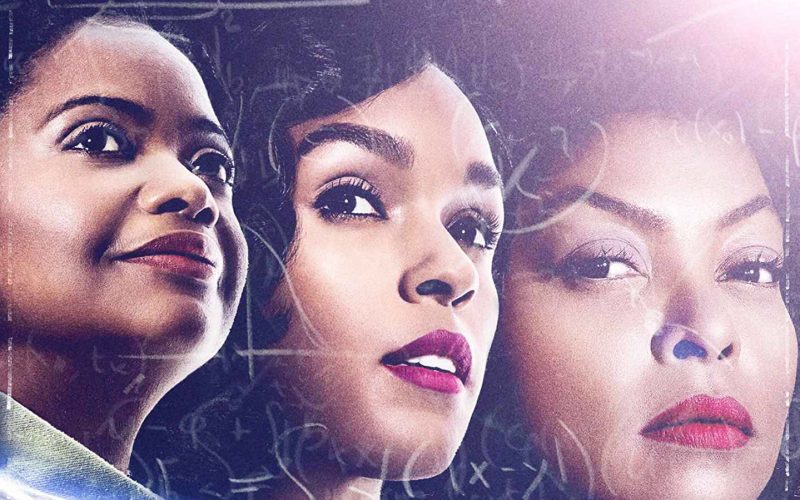Hidden Figures (2016): In memory of Katherine Johnson, August 28th 1918 – February 24th 2020.
On February 24th, Katherine Johnson (nee Goble) died at the age of 101. Her death made headlines all over the world, attesting to her importance in the world of science and space exploration. Katherine was a mathematician working for NASA and was instrumental in calculating trajectories and flight plans for the first flights into space and to the moon. She had been awarded The Presidential Medal of Freedom by President Obama in 2015, and in 2016 a building at the NASA research facility in Langley, Virginia, was named the Katherine G. Johnson Computational Research Facility.
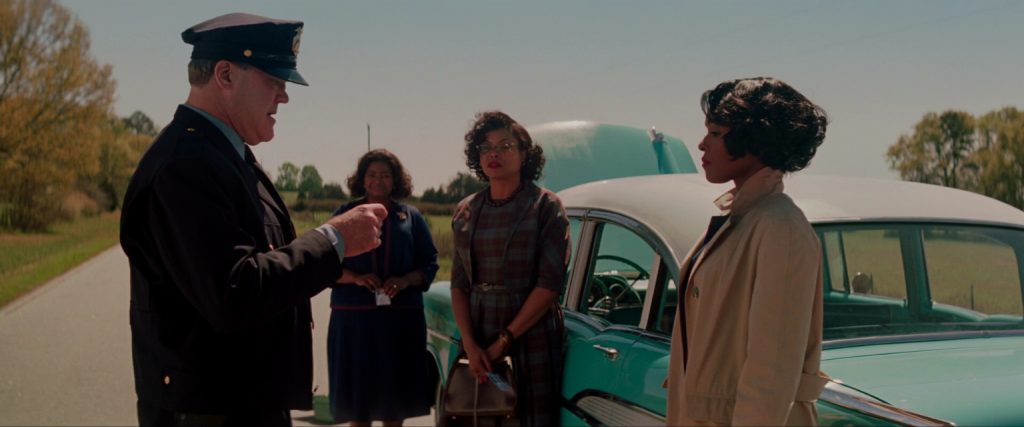
Her statue and her importance made it inevitable that her passing would make headlines. However, the amount of coverage her death generated could, arguably, have also been a result of the 2016 film Hidden Figures – a box office smash (making $236 million on a $25million budget) which earned three Oscar nominations (including Best Picture). The remarkable story of how Katherine and her fellow computers overcame racial prejudice to become integral parts of the space race is undoubtedly inspirational. Although the maths is beyond us, the fight against institutional prejudice is something we can all relate to and find inspiring. It’s a human story that is as universal as the stars themselves.
It was a story told by Margot Lee Shetterly in her 2016 book, Hidden Figures: The American Dream and the Untold Story of the Black Women Who Helped Win the Space Race, and it was almost inevitable that Hollywood would come knocking. So, is the movie as inspiring as the real-life story? Or is it one that has already been forgotten by the public at large?
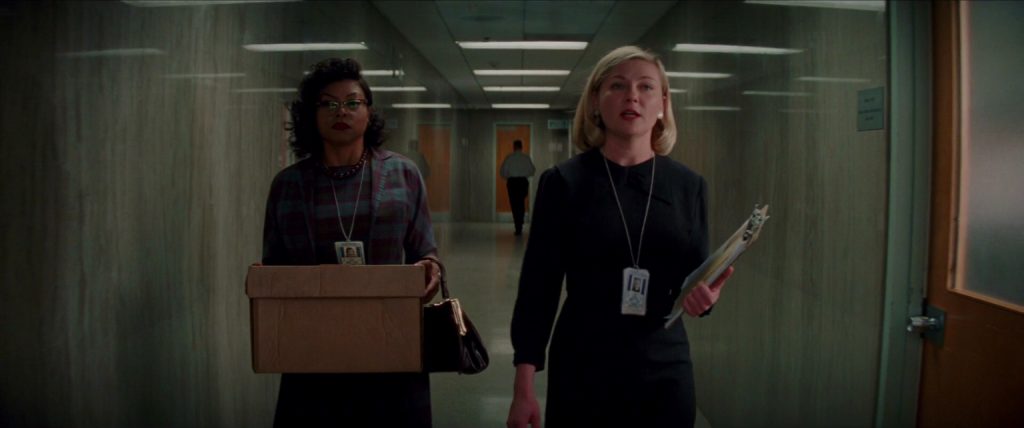
There is a moment in the opening scene that reminded me of Who Framed Roger Rabbit? You remember when Roger and Eddie are handcuffed together, Eddie tries to saw the cuffs and asks Roger to hold still. Roger slips out of the handcuff and holds the box they are leaning on. Eddie realises what Roger has just done and says:
‘Do you mean to tell me you could do that anytime?’
‘Not at anytime,’ Roger replies, ‘Only when it was funny.’
In Hidden Figures, the three women at the centre of the story stand next to their broken-down car arguing about whether they should ride (at the back of) the bus next time. A policeman comes along and, after a brief conversation in which he discovers these three black women work for NASA, he offers to take them into town to call the recovery truck. No need they say because one of them is an expert in engineering and with a quick tap of the engine the car starts. The policeman is astonished and the audience laughs. This couldn’t have happened at any time, only when it was funny. It’s this artifice that defines Hidden Figures, this is not about reality, it is about effect.
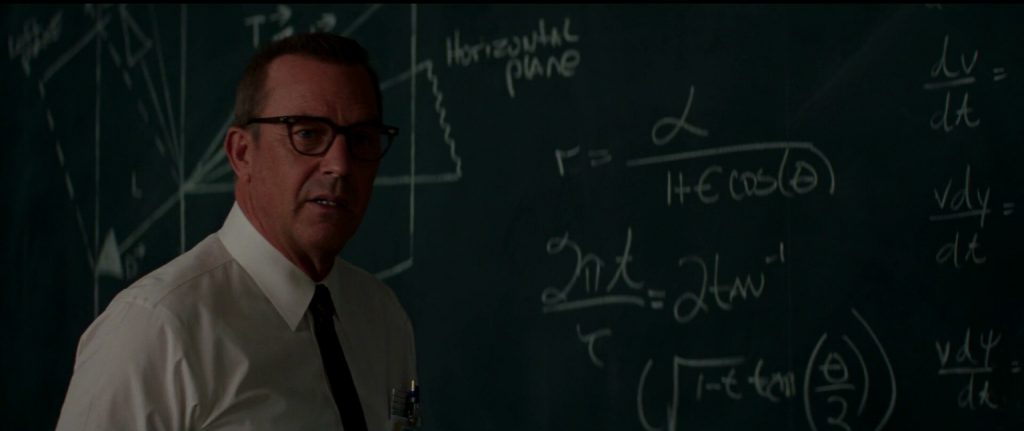
The three black women at the heart of this remarkable story were, of course, Katherine Goble (played by Taraji P. Henson), along with Dorothy Vaughan (Octavia Spencer) and Mary Jackson (Janelle Monáe). They work as computers, women who were employed to do calculations for the Space Flight Programme at NASA. The race into space is getting tense and Katherine is told she is needed by the head of the Space Task Group, Al Harrison (Kevin Costner), so becoming the first African American woman to work at the heart of NASA.
At the time the Space Agency was a very segregated place to work and Katherine is quickly dismissed by her new colleagues (who even give her a kettle with the word ‘Coloured’ on it). But Katherine is determined and, more importantly, a genius with figures. Meanwhile, Dorothy, who has been leading the ‘coloured’ section, struggles in vain to get the pay rise that reflects her workload and realising the days when human computers are numbered, decides to teach herself and the other women she leads, how to become programmers for the new IBM computers that are being installed. Finally, Mary Jackson, a woman who, if she were white, would have already been an engineer but can’t because the only way to get onto the training programme is to attend classes in a segregated school. Each of these women has to face prejudice because they are black, because they are women and because the system is completely stacked against them.
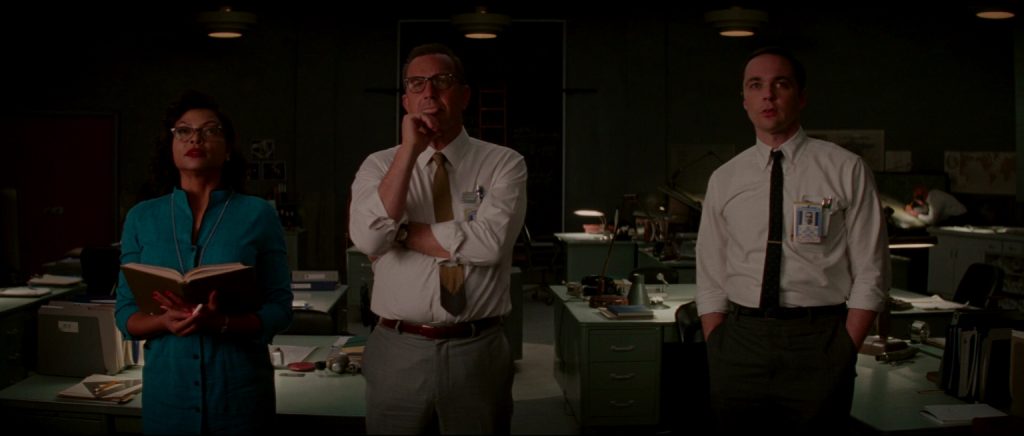
The film is told in a very conventional way with director Theodore Melfi ensuring that no filmic boundaries are pushed (which is ironic considering the film is about women pushing and breaking boundaries) but while this does limit the story, it also ensures it remains very entertaining. Whilst the film does cover what you would expect it to do, there are still moments which highlight the absurdity of segregation – especially Katherine’s half a mile run to the toilet any time she wants to relieve herself (there is only one ‘Coloured’ restroom and that is in a completely different building to the one she works in).
The performances are uniformly great and there are the requisite scenes when the audience can punch the air as the women take hard earned steps to success.
If I seem to be coming across rather cynically I don’t mean to be. I love films which are visual, which understand the language of film and stretch our expectations to the limit but there is still a place for films which just tell a simple story well and Hidden Figures is one of those films. I love moments when the underdog overcomes, when the powers that be who reinforce the barriers are humbled, sometimes humiliated and Hidden Figures does this very well.
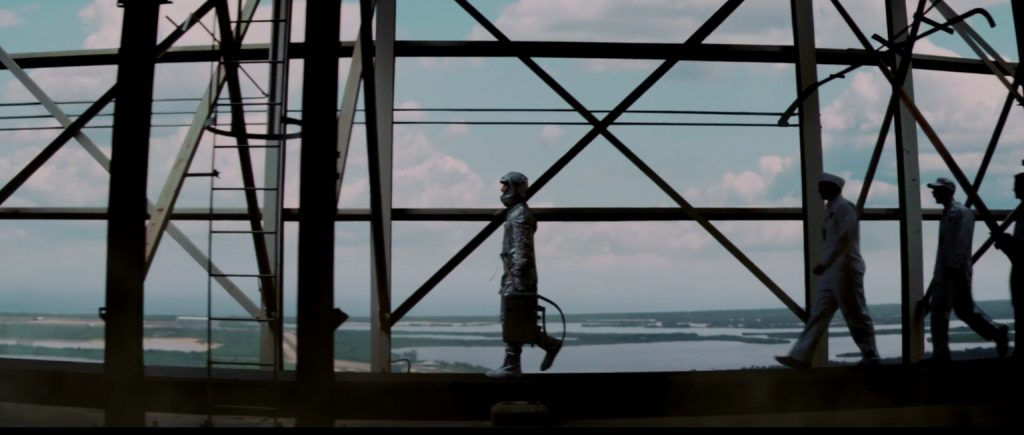
One person who should be singled out is Kirsten Dunst who, as the supervisor in charge of personnel, is the villain of the piece. She is the face of the institutional racism and the one who has to change for the women to succeed. It’s not a flattering role to play and Dunst handles it with a cold efficiency which makes the racism personal. Yet she is not a cold white supremacist who has to be pulled down and abjectly humiliated, instead she is someone who doesn’t recognise her racism for what it is, instead seeing it as just the way things are. It’s this heart that elevates the film beyond the ordinary.
Similar in theme and approach to 2011’s The Help, Hidden Figures is not going to be a classic of film history but is still an entertaining and enlightening crowd-pleaser which reveals a part of history that I was not previously aware of.
Is it a fitting tribute to Katherine Johnson, Dorothy Vaughan, and Mary Jackson? I certainly think so and it’s arguable that the prominence her death has had on the headlines can be attributed in part to a film that shone a spotlight on these women, a spotlight that they deserved, and that can only be a good thing.
Film ’89 Verdict – 8/10
